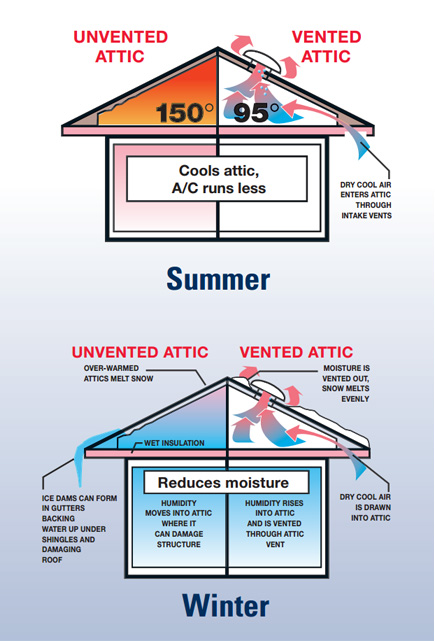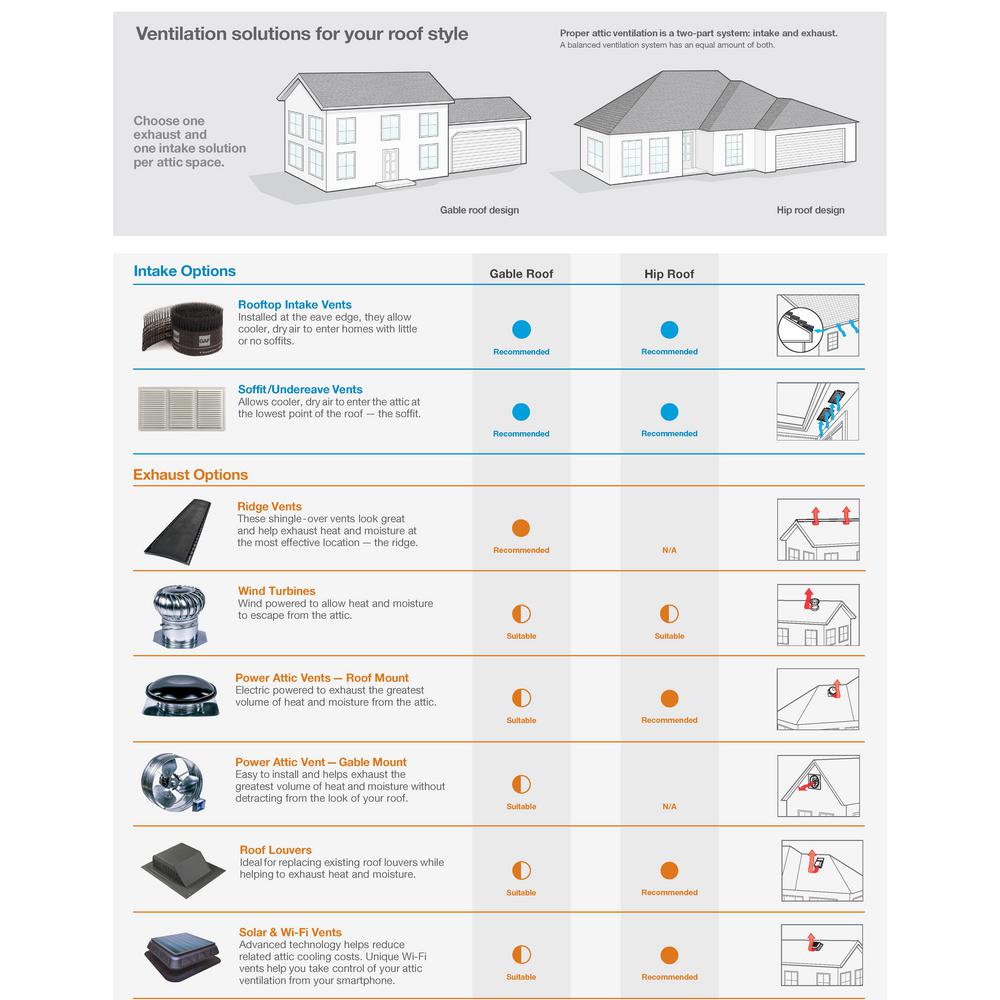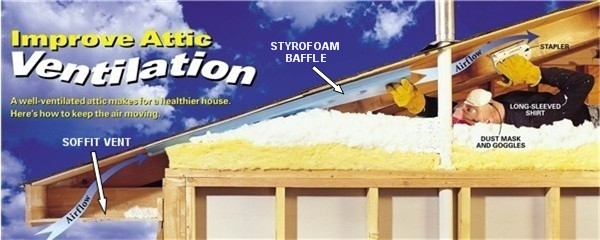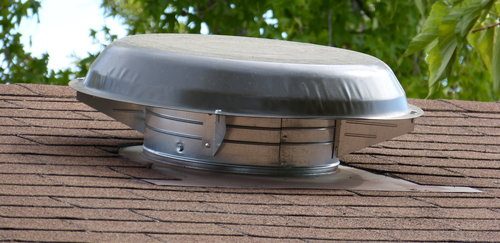Different Types Of Fire Rated Attic Vents

Exhaust vents like attic fans ridge vents are primarily placed at the very top of the roof or the highest pitch where hot air gathers.
Different types of fire rated attic vents. A couple different fan styles can be used to help control the temperature of an attic space. This type of vent is also known as a power attic vent pav. Alternatively cover all existing vent openings with 1 8 inch or 1 16 inch wire mesh. As you might surmise from the name this style relies on a power source to speed up the process of removing heat exhaust from your house.
When a wildfire nears and the vent reaches the critical temperature the intumescent coating on the matrix structure expands creating an insulating barrier from fire and embers. When used in conjunction with lower soffit or eave vents rapid cooling and venting of the attic can take place. If you choose an attic fan that requires more ventilation than your attic can. These types of vents move more hot air and moisture out of your attic than box vents of course this is only when the wind is blowing.
Intake vents intake vents are placed along the soffit to let fresh air into your attic. Cons they come in various degrees of quality and it is usually recommended to go ahead and initially invest in the highest quality of wind turbine venting to ensure years of worry free effectiveness. As seen on this old house vulcan vents are designed to be fire and ember safe. All end with one or two letters which specify the flange type and thus the material the vent is meant to be installed in.
Types of attic fans. Motors inside turn large fans which in turn help to drive out heat and moisture. An ember catching screen blocks dangerous embers during ember attacks long before the fire arrives. Fits 2 x 4 fire blocking with 16 on center rafters.
Use manufacured and ca approved vents see below to retrofit existing attic soffit basement foundation and gable vents where possible. These are static vents without any moving parts and are installed over a hole that has been cut into the roof. For example ridge vents and gable vents function as both intake and exhaust vents. You can make this system as sophisticated as you would like.
Common 1 4 screens are ineffective and should be replaced or retrofitted.














































